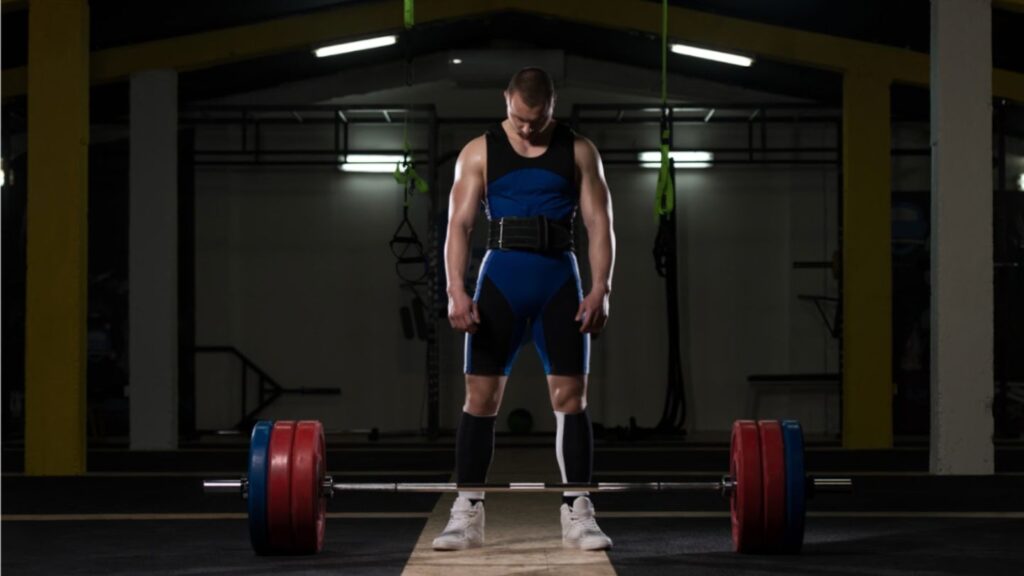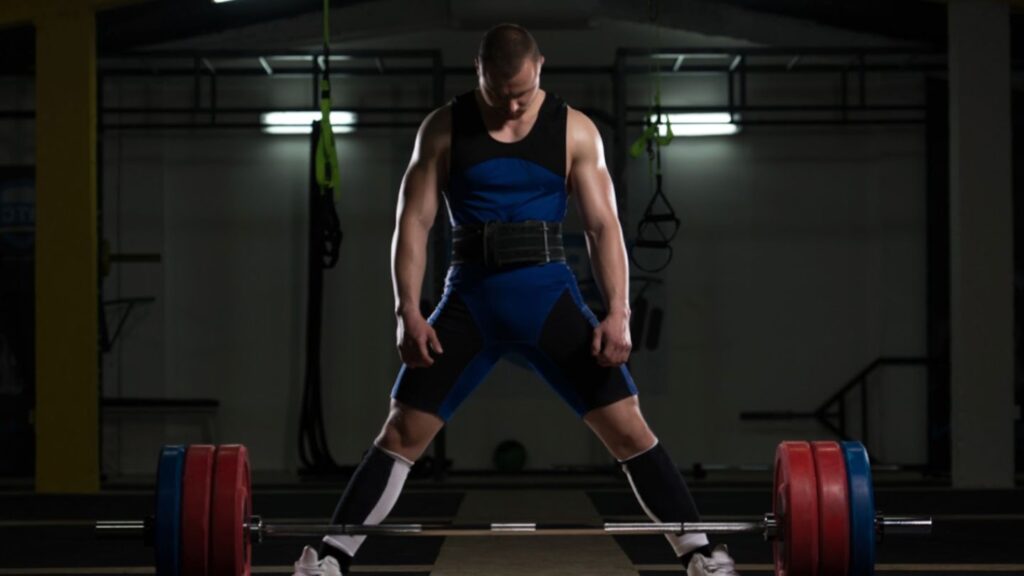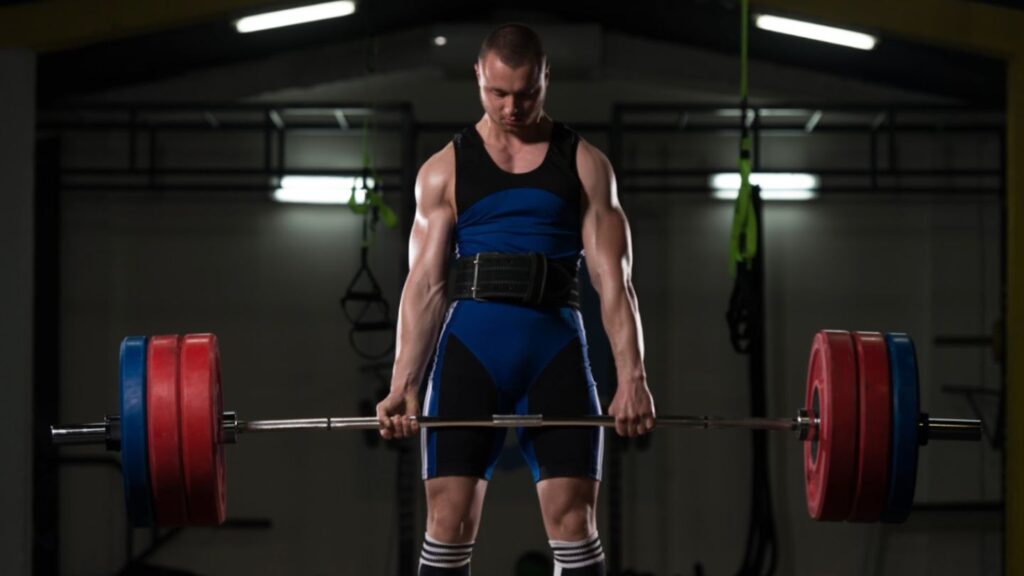If you’ve spent time in the gym or watched gym content on social media, you’ve likely seen the gym bros and gals strapping on a belt before their heavy sets. That’s what we call a lifting belt, and it helps us perform well at the gym.
But, hold up! Before rushing to get yourself one, you’ll want to first understand the benefits of using a lifting belt. Keep reading this article to know how it will benefit you, and whether it’s going to be a total game-changer for your training.

Why Use a Lifting Belt?
The main purpose of a lifting belt is to provide extra support to your core during heavy lifts. It helps increase intra-abdominal pressure, which stabilizes and supports your spine. This is particularly important during exercises like squats, deadlifts, and overhead presses. When used correctly, a belt can improve your lifting technique and even help you lift heavier weights by providing a more solid base to push against.
Research also suggests that wearing a lifting belt can help prevent lower back injuries by limiting the stress placed on the spine during heavy lifts . That’s why you often see powerlifters and bodybuilders using them during their max lifts or when they’re pushing their limits.
Now that you’ve got an overview on what lifting belts can do for athletes, let’s dive a little deeper into the different types.

Types of Lifting Belts
Not all lifting belts are created equal, so it’s important to choose the right one for your needs. The two main types of lifting belts are:
- Soft Belts: These are usually made of nylon or other synthetic materials, and are more flexible and comfortable.
Soft belts are great for general weightlifting and offer decent support without feeling too restrictive. They’re ideal for beginners or those doing moderate lifting.
- Leather Belts: These are stiffer and provide more rigid support, making them popular among powerlifters and advanced lifters.
Leather belts come in different buckle styles—single prong, double prong, and lever buckle. Each offers varying levels of security and ease of use. If you’re lifting heavy and need maximum support, a leather belt is often the go-to choice.
Do You Really Need a Lifting Belt?

Now, the big question: Do you need a lifting belt?The answer depends on your goals and the type of workouts you’re doing.
If you’re lifting heavy weights regularly or aiming to increase your strength in compound movements like squats, deadlifts, or overhead presses, then a . It helps you lift more weight safely by giving your core and lower back that extra bit of stability.
However, if you’re just starting out or lifting lighter weights, you might not need a belt right away. Prioritize building your core strength, and learning the proper form and technique without relying on a belt – these are also important for long-term progress. You can think of the belt as an aid, not a crutch. Use it when you’re going heavy, but don’t depend on it for every lift.
Final Thoughts
Using a lifting belt can be a game-changer for athletes who want to take their training to the next level. Whether you opt for a soft nylon belt or a sturdy leather one, the key is to use it wisely and not as a crutch for poor form.
Remember, a lifting belt is just one tool in your fitness arsenal—ultimately, your strength comes from within.
For starters, it’s best to focus first on your form and technique, then gradually introduce a belt as you progress. The right belt, used at the right time, can help you lift safer and stronger.
References
[1] Harman, E., et al. “Effects of Belt Use on Performance and Back Injury Risk During Squat and Deadlift Exercises.” Journal of Strength and Conditioning Research, 1989.
[2] McGill, S. M., et al. “The Biomechanical Benefits of Using a Weight Belt During Squats.” Journal of Applied Biomechanics, 2010.


